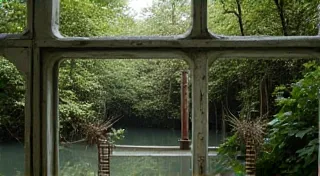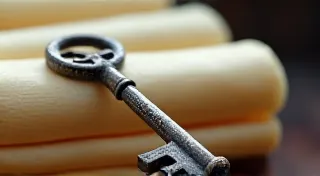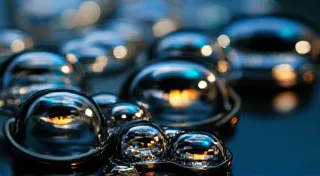Resonance of the Machine: How Ribbon Spacing Reflects an Era’s Aesthetic
The scent of aged ink, the satisfying click of keys – for those drawn to the antique world of typewriters, these are more than just sensory details; they're gateways to another time. We often admire the intricate mechanics, the elegant designs, and the beautiful typefaces stamped onto the page. But there's another, often overlooked, aspect that speaks volumes about the machine's era and its designer’s vision: the ribbon. Specifically, the spacing of that ribbon. It's a subtle detail, easily missed by the casual observer, yet it holds a surprising resonance with the prevailing aesthetic sensibilities of its time.
My own fascination began with a Smith Corona Silent. It wasn’t a grand Underwood, nor a sleek Royal, but a working-class machine humming with quiet determination. My grandfather, a meticulous accountant, used it for decades, the ribbon a constant companion, leaving trails of precise figures and perfectly formatted reports. When he passed, the typewriter, and several spools of faded ribbons, came into my care. Examining those ribbons, their varying shades and the subtle imperfections in their spacing, felt like holding a fragment of his memory, a tactile link to a bygone era. It sparked a desire to understand not just how these machines worked, but why they were designed the way they were. It made me appreciate the impact of seemingly small details, like the colors available—an exploration of which can be found in Beyond Black and White: Exploring Uncommon Ribbon Colors and Their Story.
The Early Years: Tight Spacing and Formal Elegance
The earliest typewriter ribbons, those of the late 19th and early 20th centuries, often displayed a characteristic tightness in their spacing. This wasn’t simply a matter of mechanical design; it reflected the era's aesthetic preferences. Victorian and Edwardian styles emphasized formality, precision, and restraint. Fonts, too, were often more condensed, lending themselves to a feeling of order and sophistication. The tight ribbon spacing complemented this aesthetic perfectly, creating a dense, almost severe, impression on the page.
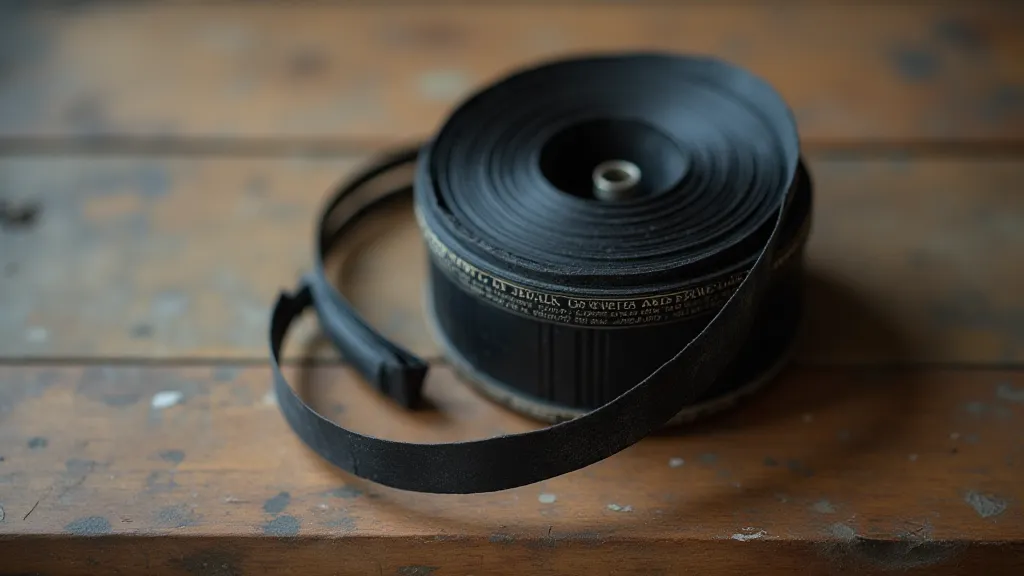
Consider the Underwood No. 5, a ubiquitous machine of its time. Its bold typeface, coupled with a ribbon spaced to maximize the impression on the page, projected an image of unwavering authority. Think of the legal documents, the business correspondence, the official proclamations – all bearing the indelible mark of this powerful combination. The spaces felt intentional, contributing to a sense of gravitas. The limited range of colors available at this time further reinforced a feeling of seriousness and professionalism, largely restricted to blacks and dark browns. The evolution of these pigments and formulations is a fascinating journey – one that illuminates not only the technical aspects of ribbon manufacturing, but also the social context surrounding design choices. For those interested in delving deeper into this fascinating intersection of technology and culture, a closer look at A Tapestry of Time: The Social Context of Ribbon Choices Throughout History can provide further insights.
The Interwar Period: A Shift Towards Openness
The interwar years, the 1920s and 1930s, witnessed a dramatic shift in aesthetic sensibilities. The Art Deco movement championed modernity, embracing geometric forms, streamlined designs, and a sense of optimism. This newfound freedom extended to typography, with the emergence of more open and legible typefaces. Ribbon spacing began to follow suit. Machines like the Royal Quiet De Luxe, introduced in 1933, started offering slightly wider ribbon spacing, allowing the typeface to breathe and creating a more inviting and less imposing presence on the page.
This wasn't just about aesthetics; it was also about functionality. Wider spacing improved legibility, particularly for longer documents and smaller type sizes. It reflected a broader cultural trend towards greater accessibility and clarity in communication. The changes in color availability started to mirror this shift, with experimentation beginning but still largely confined to novelty applications and limited production runs. The secrets behind these often elusive and short-lived color combinations are a historical puzzle – and the manufacturing challenges associated with these innovative tints frequently resulted in unexpected and sometimes fleeting printing effects. These subtle variations in pigment composition contributed significantly to the overall visual character of ribbons produced during this era, a detail appreciated by those studying the material science of antique ribbons.
Post-War Modernism: Minimalist Spacing and the Dawn of the Electric Typewriter
The post-World War II era saw the rise of Modernism, with its emphasis on simplicity, functionality, and a rejection of ornamentation. Typeface designs became cleaner, more geometric, and often more minimalist. Ribbon spacing continued to widen, reaching a point where it almost felt "sparse" compared to the earlier, more dense ribbons. This period also marked the beginning of a more comprehensive understanding of the elements that shaped this seemingly commonplace writing tool – a journey that would soon reveal the impact of trace compounds and subtle changes to manufacturing processes.
The advent of the electric typewriter further complicated the equation. Electric machines, with their increased speed and power, required ribbons designed for a different kind of impact. The spacing on these ribbons often appeared even more generous, accommodating the faster printing speed and the bolder typefaces that were becoming popular. The chemical composition of these ribbons also started to evolve, subtly altering the appearance and longevity of the printed text. These minute alterations often included trace elements that influenced the final hue and overall printing quality – a field of study detailed in The Spectrum's Whisper: Analyzing Trace Elements in Antique Ribbon Inks. The evolution of ink technology reveals how innovations aimed at improving printing quality often had unintended consequences, leading to the emergence of unique and often fleeting color combinations.
The IBM Selectric, with its unique “golf ball” printing element, exemplified this trend. The ribbon spacing seemed almost limitless, allowing for unprecedented flexibility in typeface selection and printing style. The legacy of these advancements continues to shape printing technology today, inspiring new approaches to color mixing and ribbon formulation. The era also saw a broadening of societal interests in understanding the stories behind seemingly mundane objects – a trend that influenced decisions regarding color and ribbon choice. The cultural context surrounding these choices is a fascinating subject in itself.
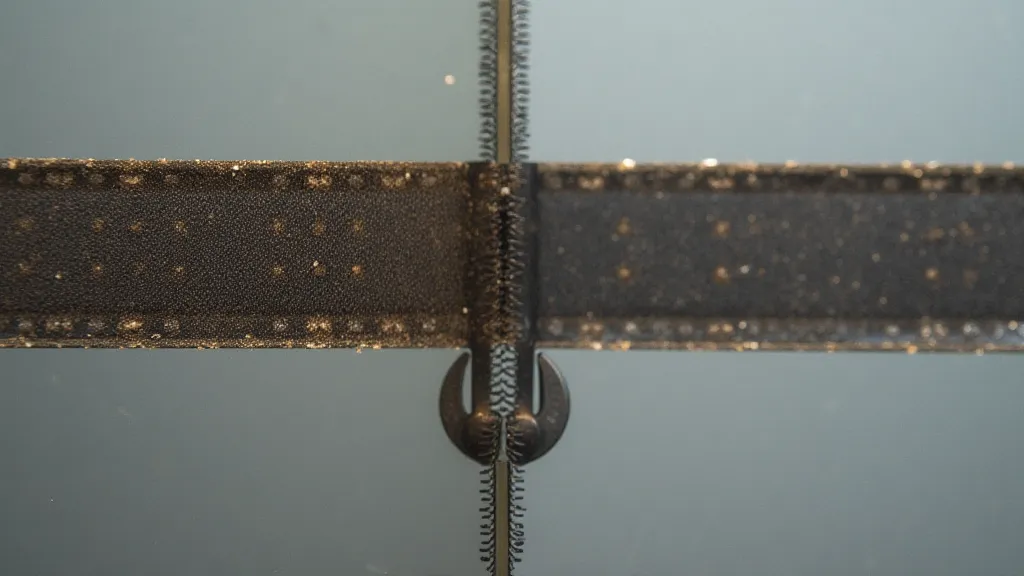
Identifying and Collecting: A Window into the Past
For collectors and restorers, understanding ribbon spacing isn't just an academic exercise; it’s a crucial element in preserving the authenticity and character of antique typewriters. An incorrect ribbon, with inappropriate spacing, can drastically alter the appearance of a document, undermining its historical value. It’s a crucial detail that often separates a well-restored machine from an authentic piece of history.
Identifying the original ribbon spacing for a particular typewriter model can be challenging. Early typewriter manuals sometimes provide limited information. Often, it requires a degree of educated guesswork and comparison with known examples. Color also plays a key role. Early ribbons were almost exclusively black or dark brown. As time progressed, a wider range of colors became available, reflecting changing fashion trends and advertising strategies. Further insights into the evolution of these colors can be found in Beyond Black and White: Exploring Uncommon Ribbon Colors and Their Story.
Collecting antique typewriter ribbons is a fascinating pursuit in itself. It’s a tangible way to connect with the past, to appreciate the craftsmanship and artistry that went into these remarkable machines. The imperfections, the faded colors, the subtle variations in spacing – these are not flaws; they are evidence of a life well-lived, of countless words imprinted on the page. They serve as silent witnesses to the evolution of writing and communication, offering a unique glimpse into a bygone era.
Beyond the visual aspects, understanding the material science behind these ribbons adds another layer of appreciation. The evolution of ink formulations, the development of new ribbon materials, and the impact of manufacturing processes all contributed to the unique characteristics of each ribbon. This ongoing story of innovation and adaptation mirrors the broader technological advancements of the 20th century, a period marked by rapid and transformative change.
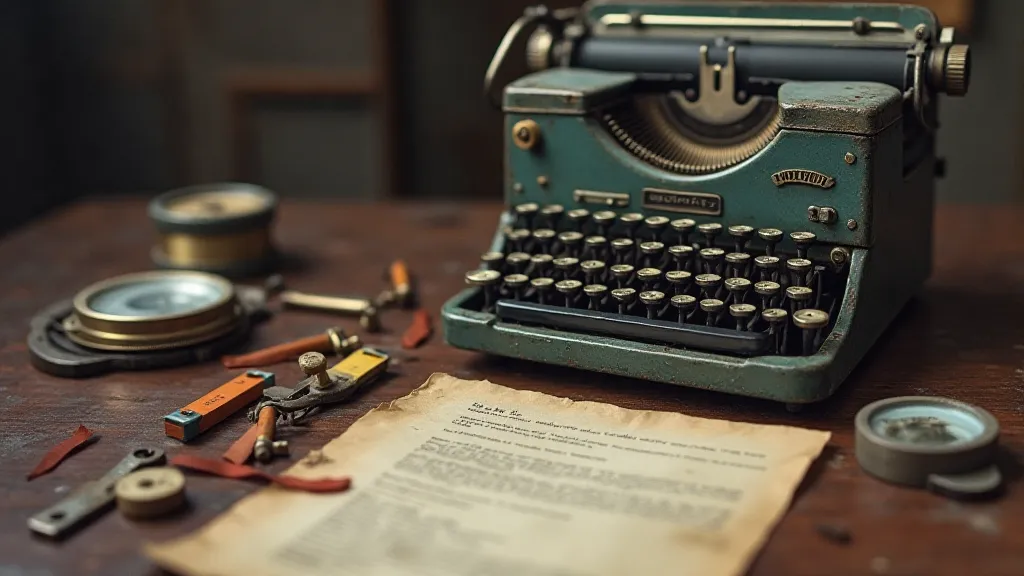
The scent of the ink, the feel of the ribbon beneath your fingers, the faint echo of the keys clicking – these are the sensory memories that transport us to another era. And it's the seemingly insignificant detail of ribbon spacing that truly brings that era into sharp and resonant focus. Studying these details enables us to appreciate not only the artistry of the machine, but also the broader cultural and technological forces that shaped its design and evolution. It is through these small observations that we can truly understand the story behind the machine, a story that continues to resonate with us today.



